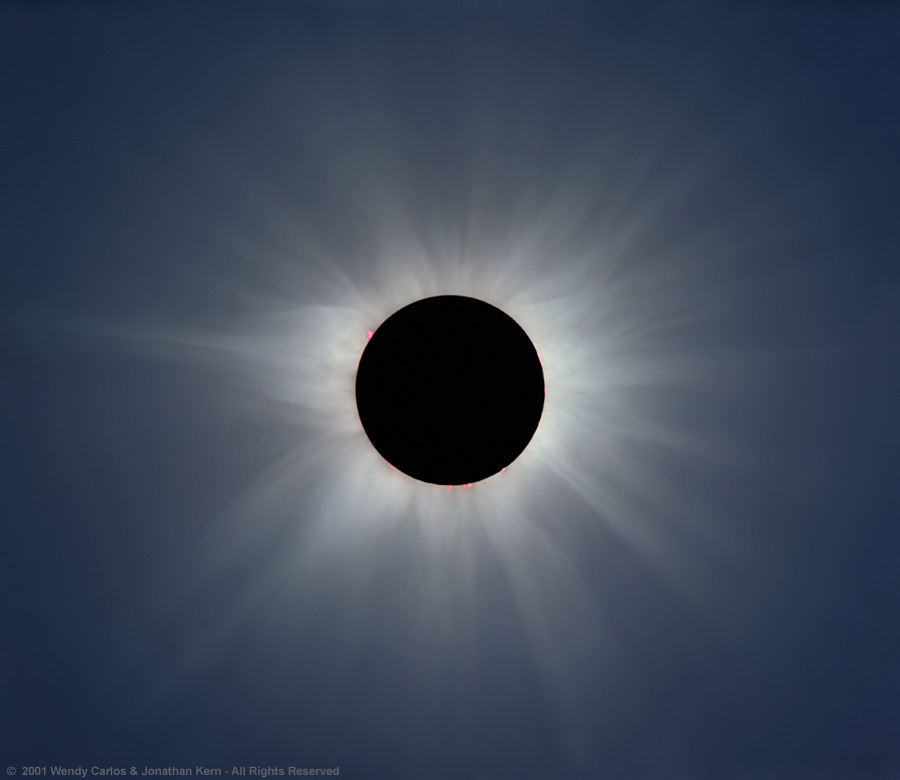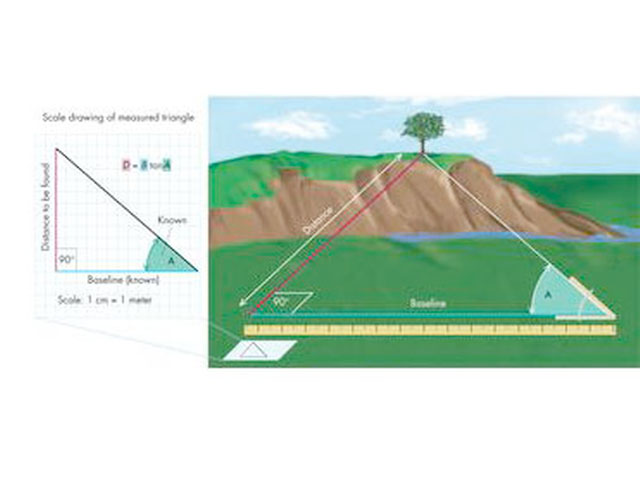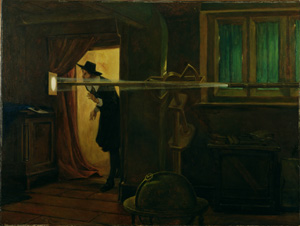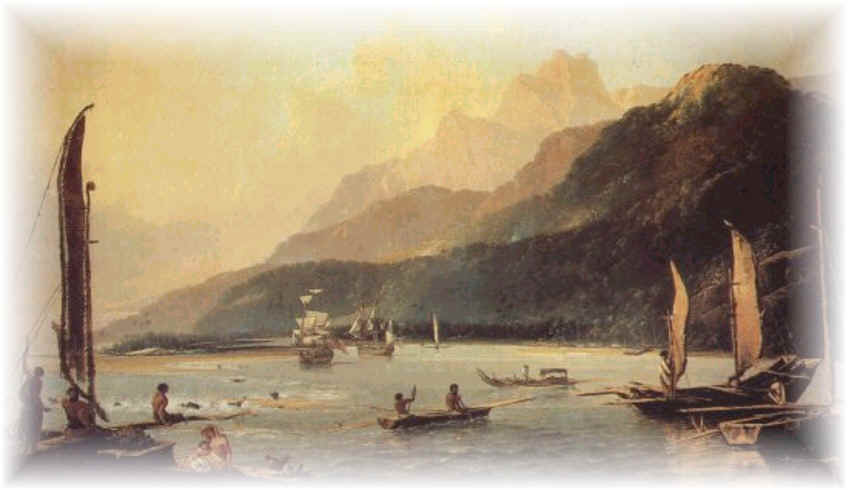

The Venus Transit 2004
... Extended InfoSheet A1
What is the significance of the transit of Venus?
A large number of celestial objects which orbit one another have different apparent diameters - for example, binary stars, a sun and its planets or a planet and its satellites. When the smaller and darker component lies inside of the field of view of an earthly observer it is possible that it may pass in front of the larger body. This is called a transit. The most well known transit is an eclipse of the Sun, when the New Moon passes in front of the Sun. Since both celestial bodies have the same apparent diameter, the Moon can cover the Sun's disk completely and a total eclipse occurs.
A similar transit event occurs if a satellite or its shadow passes across the face of a planet - for example, the bodies or shadows of the Galilean satellites on Jupiter and of Titan on Saturn. These events which are only visible with the aid of a telescope are called "shadow transits". (See: Other transits in the Solar System!)
Transits of Mercury and Venus, called "planetary transits", are very spectacular because of their rarity. They happen when Mercury or Venus is at inferior conjunction (this happens for Mercury on average once every 116 days and for Venus on average once every 584 days) and at the same time close to one of the orbital nodes (the points of intersection of the orbit of Mercury or Venus and the Ecliptic). Then the planet lies on a straight line between the Earth and the Sun. Because Mercury's orbital plane is inclined by an angle of 7 degrees to the plane of the Ecliptic and the inclination of Venus' orbit is 3.3 degrees, and the two conditions - that the planet is simultaneously at inferior conjunction and at an orbital node are not always fulfilled, these planetary transits are therefore rare celestial events. On the average, there are 13 Mercury transits each century, i.e. about one every 7.5 years and four Venus transits in about 243 years.
In earlier times, astronomers used transits of Mercury and Venus to get information about the dimensions of the solar system: the size of the Sun, the distance of Venus, and the distance between us and the Sun, which is called the astronomical unit (AU). To fix that important quantity, astronomers used the method of triangulation.
By timing the exact moments that the planet entered and left the Sun's disk, from different places on Earth, it was possible, using parallax, to determine the distance of the Earth from the Sun. Astronomers could use the value of the Astronomical Unit as a baseline to find the distance to other objects in the solar system, and to the nearest stars. Once the distance from the Earth to the Sun was known, the comparative distances of other bodies in the solar system and nearby stars could be calculated.
It was also possible to determine the longitude of the observer. For example, observations of the transit of Mercury in 1677 were used to determine the longitude of Port Royal, Jamaica. This is because the transit was seen differently from different places on Earth.
The first astronomer to recognize the importance of observing transits of Mercury and Venus was Edmund Halley (1656-1742). It appeared to the observer, using a telescope as the lens of a camera obscura (never look directly at the Sun through a telescope!) as a black dot crossing the surface of the Sun. The first astronomers to use telescopes to observe the transit of Venus were Jeremiah Horrocks (1618-41) and William Crabtree (1610-44) in 1639.
In the next century, international cooperation in scientific pursuits was fostered by many expeditions to observe transits (regardless of political differences or even war). Astronomers travelled to remote parts of the world to observe the transits of Venus in 1761 and 1769. They knew a similar opportunity would not reoccur again until 1874 and 1882. To observe the transit of 1769, Captain Cook sailed from England to Tahiti. He discovered Hawaii and a few other places as bonuses along the way; it is not often that the side benefits of astronomical research are so apparent.
The results were disappointing, mainly because of the difficulty of keeping accurate time. Pendulum clocks were then the most accurate time-keepers available and they had to be reassembled after arduous journeys. The second reason was that it was difficult to judge the exact moment when the transit began, because of the "black drop effect". This is a dark area that appears to link the limb of the Sun to the trailing limb of Venus for an instant after second contact, and to its leading limb for an instant before the third contact. It is caused by refraction through the very dense atmosphere of Venus, although it has also been attributed to optical effects and has been reported during transits of Mercury. This phenomenon limits the accuracy of timing transits of Venus. Astronomers rightly concluded that Venus had an atmosphere.
In September 1959, the first attempt was made to estimate the AU using radar reflections. Using the radio telescope at Jodrell Bank, astronomers transmitted radar signals to the surface of Venus and received the echoes. But this attempt failed. Another opportunity arose in April 1961. As well as Jodrell Bank, equipment in the former USSR, at MIT near Boston USA and at the JPL, Pasadena, California was used. By measuring the time delay of the radar echo, astronomers estimated the distance of Venus and also found that they had got the mean Sun-Earth distance too small. This was the reason they failed to detect the echo at the first attempt because they had been looking in the wrong place. They now had more precise clocks based on hydrogen masers. There was still a discrepancy of 60,000 km between the radar value of the AU and the best conventional values. Eventually the average radar value of 149,600,000 kilometres was accepted.
In recent years, radio signals emitted by spacecraft as they pass behind Venus have enabled us to obtain accurate planetary positions and masses. Because of these results from space exploration, observing future planetary transits will be of less scientific importance. Nevertheless, they are good practice for detecting extrasolar planets using the transit method (See: Searching for other worlds using the transit method!)
Back to the corresponding Brief InfoSheet
Back to the List of Extended InfoSheets.






